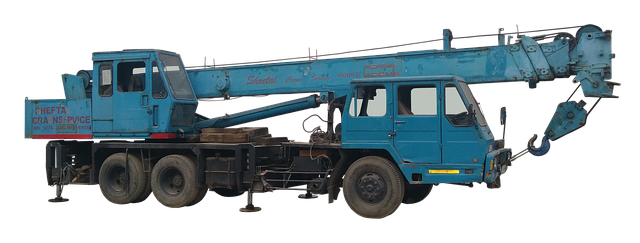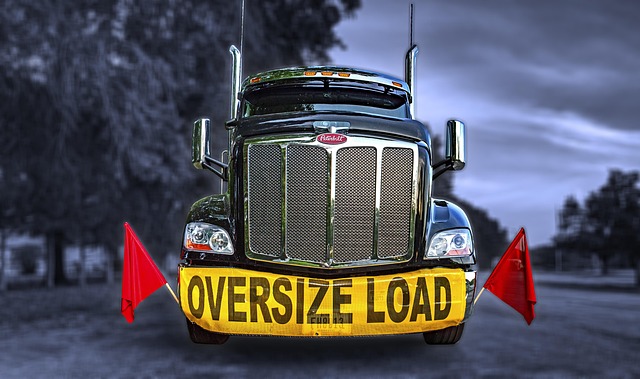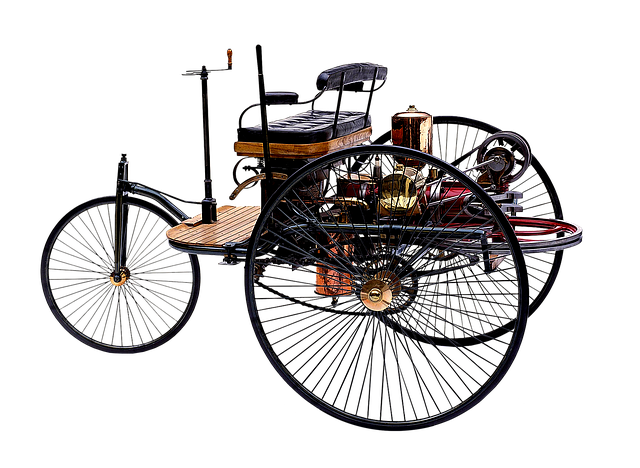“Looking to register your car in California? This comprehensive guide will walk you through the entire process, ensuring a smooth experience. Begin with understanding the essential step of VIN (Vehicle Identification Number) verification, crucial for accurate record-keeping. Gather all necessary documents and choose the ideal registration location and method. Then, complete the California Car Title and Registration Application form and pay the associated fees. By following these steps, you’ll have your car registered in no time.”
- Understanding VIN Verification: The First Step in Car Registration
- Gather Required Documents for California Car Registration
- Choosing the Right Vehicle Registration Location and Method
- Completing the California Car Title and Registration Application
- Paying Fees and Finalizing Your California Car Registration
Understanding VIN Verification: The First Step in Car Registration

Understanding VIN Verification: The First Step in Car Registration
Before registering your car in California, it’s crucial to initiate the process with a thorough VIN (Vehicle Identification Number) verification. This unique 17-character code is a fundamental component of your vehicle’s identity, acting as a digital fingerprint that provides vital information about its history and specifications. By ensuring the VIN is accurate and legitimate, you set the stage for a smooth registration experience.
In California, the Department of Motor Vehicles (DMV) mandates this verification as a critical step in the car registration process. You can facilitate this through various means, including traditional vehicle inspection stations or opting for convenient mobile vin inspection services that come to your location. A valid and authentic VIN is essential, making it easier for DMV officials to cross-reference data and ensure compliance with all necessary regulations before finalizing your car’s registration.
Gather Required Documents for California Car Registration

Before you can register your car in California, you’ll need to gather several important documents. This process is essential for ensuring a smooth and legal transaction. One crucial step is the VIN (Vehicle Identification Number) verification, which can be done through a mobile vin inspection or by checking with the DMV. The VIN is a unique code that identifies your vehicle and is typically located on a plate near the driver’s side door. You’ll also require proof of ownership, which might be in the form of a title or a bill of sale. It’s essential to keep these documents up-to-date and accurate for any future registration or title transfer processes.
Additionally, you must have current auto insurance with the minimum liability coverage required by California state law. A no-fault insurance declaration page or an equivalent document will suffice. Other necessary items include your driver’s license and proof of residence. Some of these documents can be submitted online, while others may need to be presented in person at a local DMV office during the registration process.
Choosing the Right Vehicle Registration Location and Method

Choosing the right location to register your car in California is a crucial step in the process. The state offers various options, including DMV offices and mobile VIN verification services. If you’re looking for convenience, consider using a mobile VIN verifier or performing a VIN inspection through a certified professional who can come to you. This method is especially beneficial if you have a busy schedule or face accessibility challenges.
When deciding between these methods, keep in mind that both options ensure accurate vehicle identification through a Vehicle Identification Number (VIN) verification process. A mobile vin verifier can be more efficient for those seeking a swift and hassle-free registration experience, while traditional DMV offices remain a reliable option for those who prefer a direct approach or have specific documentation requirements.
Completing the California Car Title and Registration Application

After gathering your required documents and ensuring your vehicle meets all California standards, it’s time to fill out the California Car Title and Registration Application (Form DV-140). This form is crucial for completing your vehicle registration process. Start by accurately entering your Vehicle Identification Number (VIN), which serves as a unique code for your car. A mobile VIN verifier or inspector can assist with this step, ensuring precise input to avoid delays.
Next, provide detailed information about the vehicle, including make, model, year, and color. Ensure all data matches the specifications on your car’s title and registration documents. This attention to detail is vital for a smooth registration process. Fill out the rest of the application with accurate and up-to-date personal information, including your California driver’s license number and proof of insurance coverage.
Paying Fees and Finalizing Your California Car Registration

After completing your vehicle’s registration application, it’s time to cover the associated fees. In California, these typically include a registration fee, a vehicle weight fee (for most cars), and a clean air fee. You may also be required to pay for a license plate if you haven’t already purchased one. It’s crucial to ensure that all fees are accurately calculated and paid at this stage to avoid any delays in the registration process.
Finalizing your car registration involves verifying your vehicle’s unique identifier, the Vehicle Identification Number (VIN). This critical step ensures the accuracy of the data associated with your car. You can complete a VIN inspection at a California Department of Motor Vehicles (DMV) office or opt for a convenient mobile VIN inspection and verification service. The latter allows you to have the process done right at your location, saving time and effort, especially if you’re busy or have multiple vehicles to register.
Registering a car in California involves several steps, but with proper preparation, it can be a straightforward process. After completing VIN verification, gathering essential documents, and choosing the suitable registration method, you’re ready to fill out the application and pay the required fees. Remember to select the appropriate location for your vehicle’s title and registration to ensure a smooth experience. By following these steps and understanding each requirement, you’ll have your California car registered in no time.
